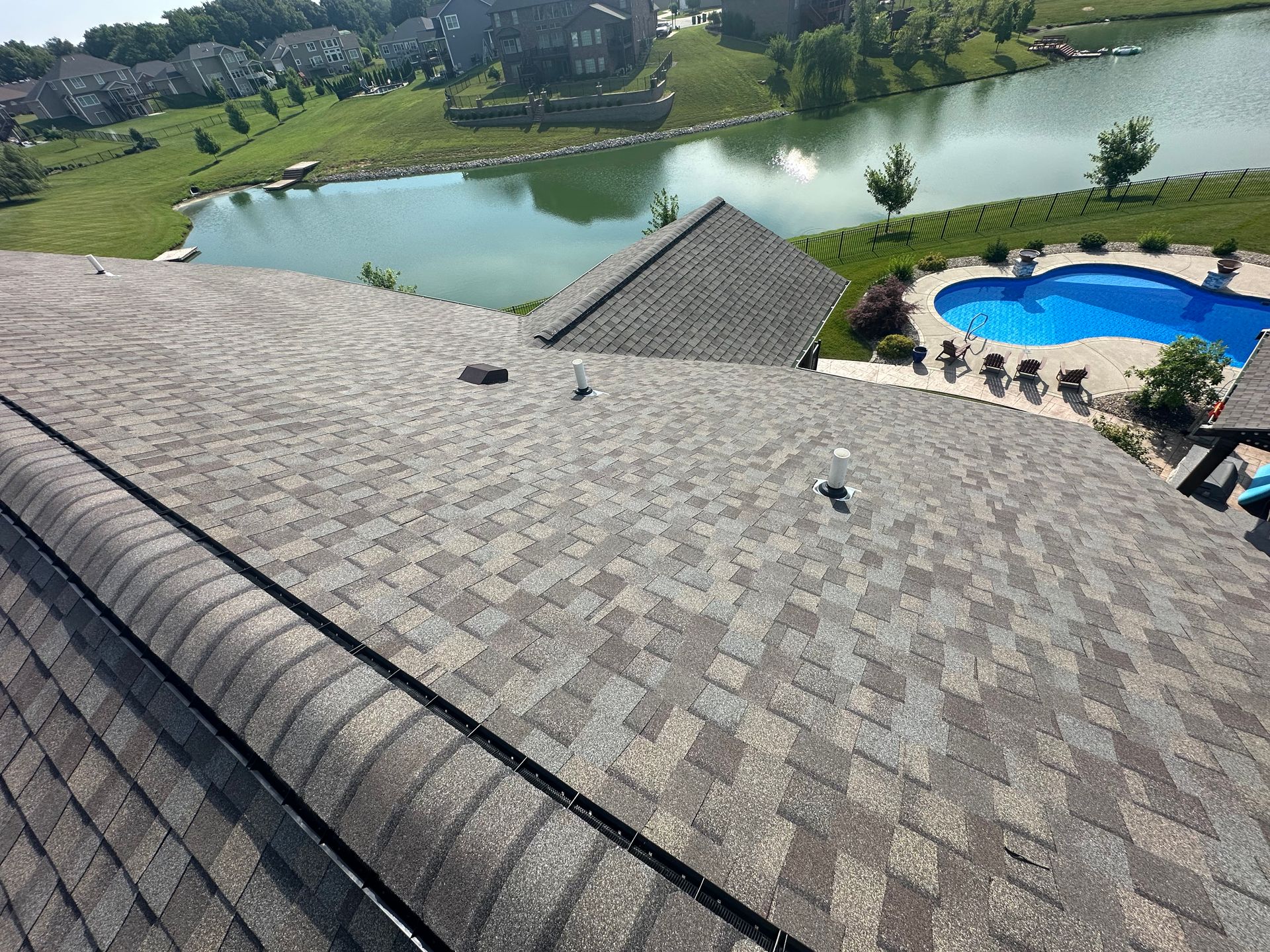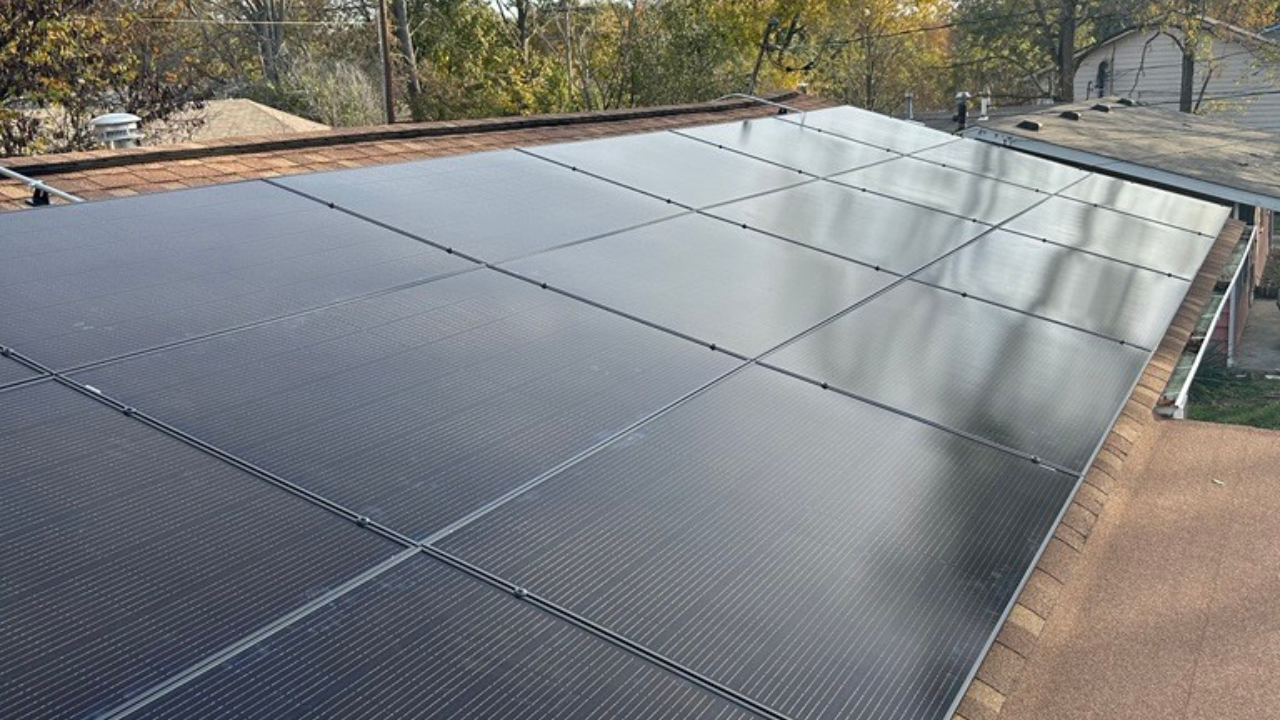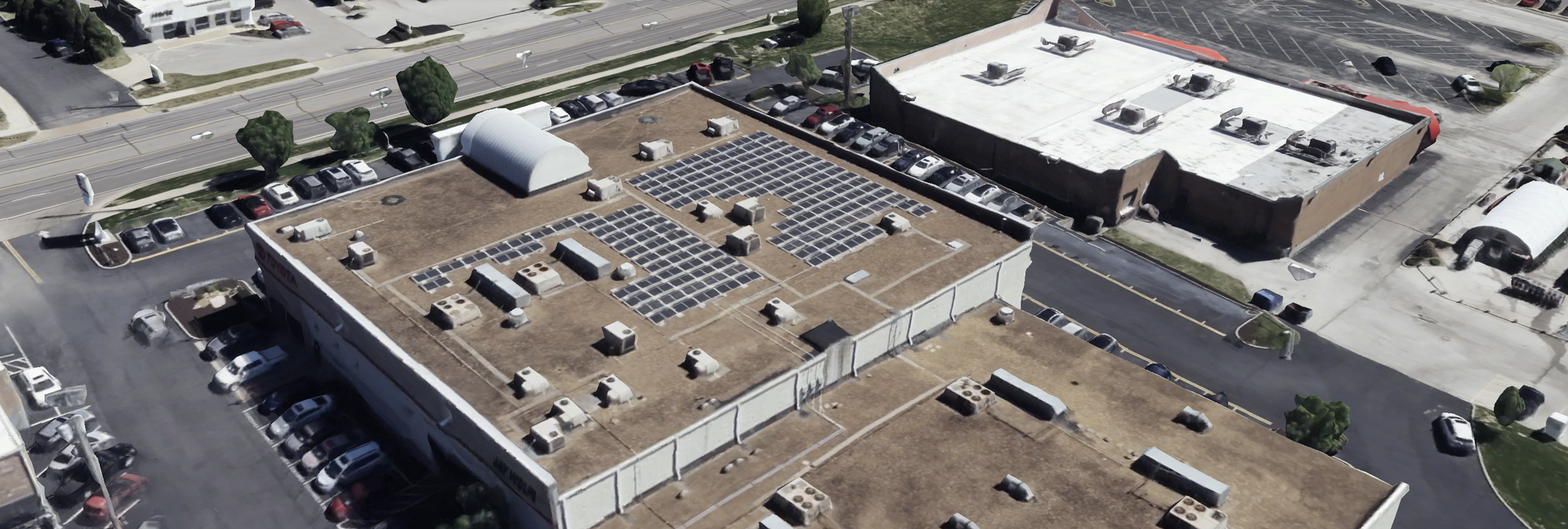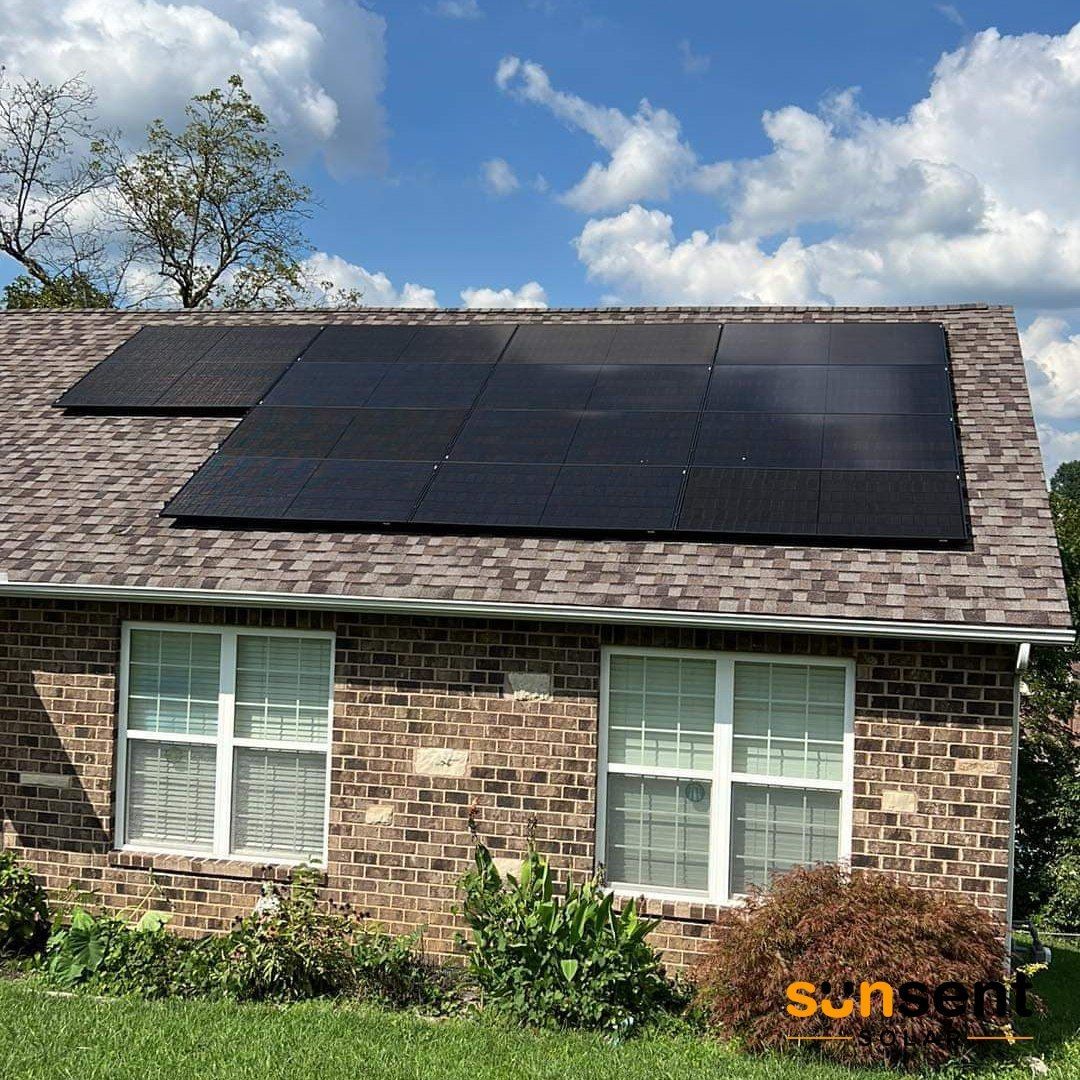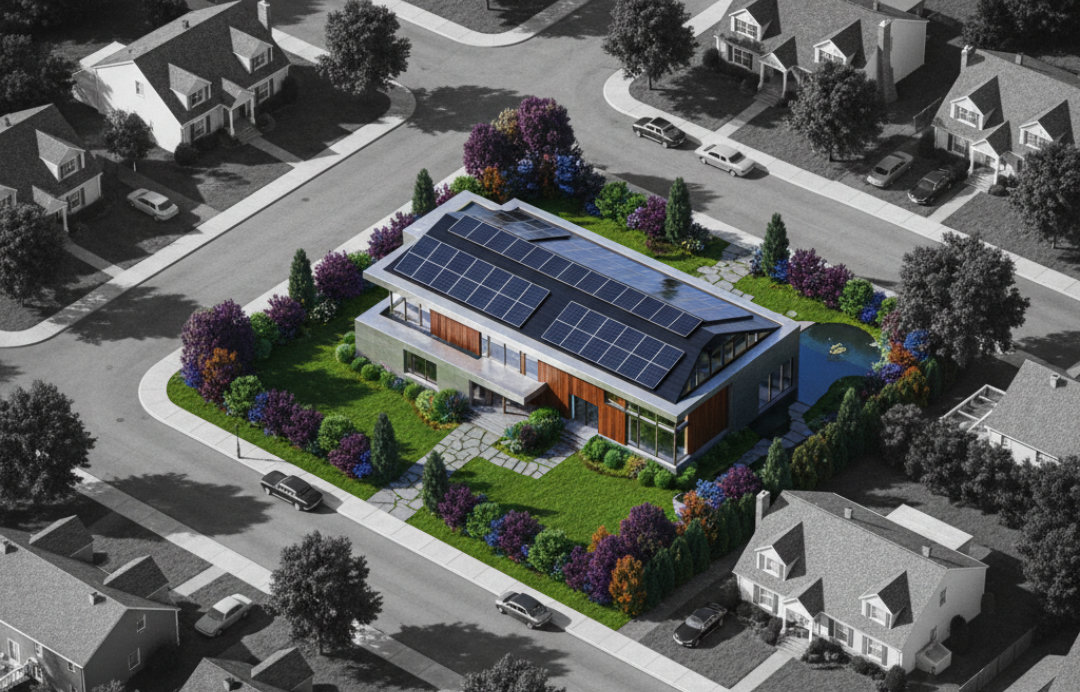How Solar Can Shield Homeowners in the Data Center Boom
The digital age is here, and it’s hungry. Across Missouri, the rapid surge in proposals for massive, energy-devouring data centers—from the $1.5 billion Armory project in St. Louis to the recent proposal that sparked a moratorium in St. Charles—has ignited a crucial debate. These gigantic digital warehouses are touted by officials as the future of the state's economy, yet they are simultaneously threatening to destabilize the power grid and drive up electricity bills for everyday residents.
For homeowners already squeezed by rising costs and facing the potential for even higher utility bills, the solution to this growing energy crisis lies not just in community protests, but in seizing energy independence right on their rooftops: solar power.
The Data Center Double-Edged Sword for Cities
Data centers are the physical backbone of the internet, artificial intelligence (AI), and cloud services. As AI booms, the need for these facilities—which consume as much energy as small cities—is skyrocketing.
The Promises of Progress...
State and city officials, including Missouri Gov. Mike Kehoe and St. Louis Mayor Cara Spencer, champion data centers as an economic boon:
- Tax Revenue: Billion-dollar projects are projected to inject millions into city coffers through property, sales, and utility taxes. Developers of the proposed Armory center estimate $213 million over 10 years for the city and schools.
- Job Creation: Construction phases create a temporary boom in jobs (e.g., Meta’s Kansas City center created 1,500 construction jobs).
- Tech Ecosystem: Attracting these centers is seen as essential for drawing other high-tech companies and innovation to a forward-thinking city.
...Vs. The Pain for Residents
Despite the economic excitement, community pushback has been fierce, driven by three major concerns that directly impact homeowners:
- Rising Electricity Bills: This is the most pressing issue. While state law (SB4) aims to protect consumers from "unjust or unreasonable cost" from large power users, state regulators warn that meeting the new data center demand will require expensive new power plants. One Ameren proposal for new data center rates could raise Missourians' electric bills by an estimated $22 million per year. Already, residents are facing Ameren's request for a 15% price increase for residential customers.
- Grid Strain and Disconnections: A single data center can consume as much energy as 13,000 homes. This massive, 24/7 power draw puts considerable strain on the electric grid, increasing the risk of instability, brownouts, and rolling blackouts. The issue is magnified as Ameren has recently cut off power to thousands of Missouri households for unaffordable bills, even as it pursues lucrative arrangements with corporate users.
- Limited Permanent Jobs: The surge of construction jobs quickly fades, leaving behind a much smaller number of permanent positions (e.g., the Kansas City Meta center will only employ about 100 people when finished). This means the immense energy burden remains long after the temporary economic lift is gone.
Solar: The Path to Energy Independence and Stability
As the grid becomes increasingly strained and utility rates are pressured by new industrial demand, residential solar energy emerges as the most powerful tool for homeowners to protect their finances and secure their power supply.
Shielding Your Wallet from Rate Hikes
The costs of building new power plants and upgrading infrastructure to support data centers are, by current regulatory practice, often spread across all customers. By installing a solar energy system, a homeowner immediately offsets a significant portion of the power they purchase from the utility.
- Fixed Energy Costs: Unlike utility rates, which can increase due to data center demand and inflation, the cost of solar energy is fixed after installation. Homeowners create their own source of "free" energy from the sun, acting as a powerful hedge against future utility price increases.
- Time-of-Use Savings: With solar paired with a home battery, you can store cheap solar energy generated during the day and use it during high-demand, high-cost evening hours (peak hour savings), maximizing your savings.
Securing Your Home’s Power Supply
A grid strained by the massive, unrelenting demand of data centers is an unreliable grid. Adding a home battery to a solar system is the key to true power resilience.
- Outage Protection: When the public grid fails—whether due to a summer heat wave, a winter storm, or a massive load spike from a data center—a solar-plus-battery system instantly switches over. It creates a microgrid for your home, keeping essential appliances (lights, refrigerator, Wi-Fi) running seamlessly and insulating your family from community-wide blackouts.
- Reducing Overall Grid Pressure: When millions of households generate their own power with solar, it reduces the overall peak demand on the central grid. This collective action can help alleviate the pressure that forces utilities to fire up costly "peaker plants" or build expensive new infrastructure for which everyone pays.
FAQ: Data Centers, Energy Bills, and Solar
Q: Will data centers definitely raise my electricity bill?
A: Yes, it is highly likely. While developers point to state law (SB4) claiming it prevents "unjust or unreasonable" rate increases for existing customers due to new data centers, state regulators' own analysis suggests the massive, new energy demand will necessitate the construction of expensive new power plants. The Missouri Public Service Commission staff estimates Ameren’s data center-related costs could raise electric bills by $22 million annually across Missourians.
Q: Why are data centers such a problem for the electric grid?
A: Data centers require an enormous, constant, 24/7 power supply for both computing and essential cooling. They are 10 to 50 times more energy-dense than a typical commercial building. This sudden, massive, and constant load strains the existing generation capacity and transmission lines, requiring costly and time-consuming upgrades that, historically, are ultimately funded by all utility customers.
Q: How does residential solar combat the data center energy crisis?
A: Residential solar provides distributed energy generation. Instead of the utility having to build a massive, centralized power plant to meet the collective new demand, homeowners can generate power right where it's consumed. This directly reduces the demand load on the central grid, helps avoid or delay expensive infrastructure upgrades, and gives the homeowner price protection and power resilience against a volatile, strained system.
Q: Are there any other costs or impacts from data centers I should be aware of?
A: Beyond energy, data centers are often criticized for their high water consumption for cooling. Also, while they promise jobs, the bulk of those jobs are temporary during construction. Once operational, a massive data center may only employ around 100 full-time staff. Furthermore, state-level sales and utility tax exemptions for data centers can curb the true economic and tax-revenue benefits they advertise.
Q: If my data center goes solar, will it help my community’s electricity costs?
A: If a data center installs its own solar and battery storage (on-site or near-site), it absolutely helps the grid by reducing its draw on utility power. This can lower the burden for costly power generation and upgrades. Many tech giants are already leading this charge to meet their own sustainability goals and stabilize their power costs. However, homeowners should not rely on corporate responsibility; installing residential solar is the best guarantee for personal energy and financial security.



